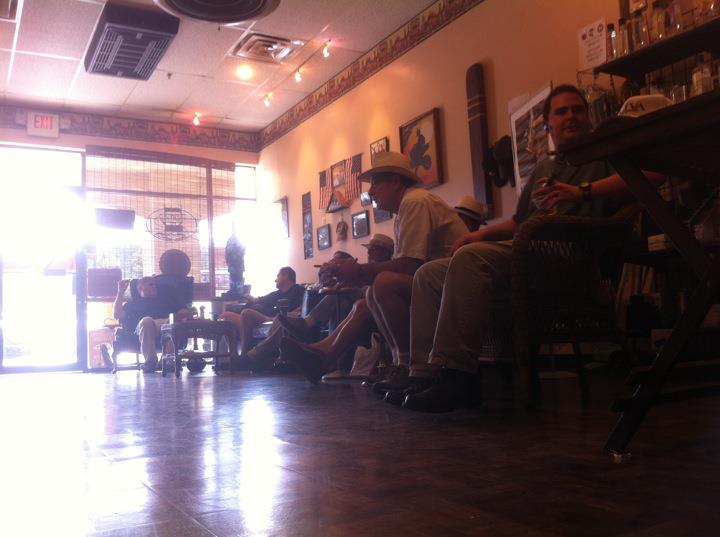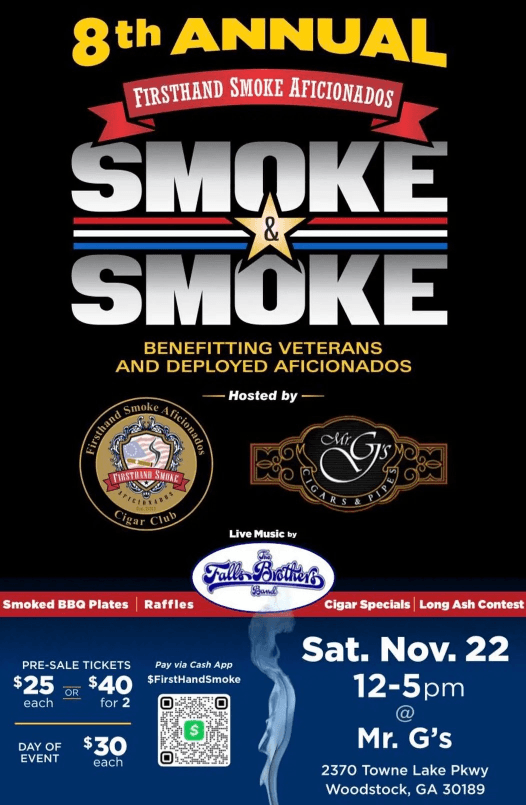Not too long ago, cigars did not come delivered in boxes; they came in handfuls or bundles wrapped together. Today, we love the look and feel of cigar boxes, full or empty. Many people collect their boxes, or even turn them into instruments. Though we love the look and feel of cigar boxes, their origin stems from the oppressive regulation of the tobacco industry beginning in the 19th century.
During the Civil War, President Lincoln was desperate to generate revenue for the war effort. Many “luxuries”, including soap, photographs, playing cards, and even medicine became taxed. In 1863, President Lincoln took it a step further by taxing alcohol and tobacco.
At that time, cigars were sold individually, by the handful, or in small wrapped bundles. During the 19th century, cigars were typically shipped to the United States in barrels too. The government, in order to close loopholes, required cigar manufacturers and tobacco growers to file government forms for nearly everything. This made the previous process of selling cigars extremely difficult. The Revenue Act of 1864 tried to solve the problem of counting requirements for cigar makers. The new law required all cigars to be packed and shipped in wooden boxes containing 25,50, 100, or 250 cigars. The cigar boxes also required the box a special area for the IRS to stamp them, proving that taxes had been paid.
After the war ended, cigar boxes were the norm. This is why we now have cigar boxes.
For more information about buying cigars individually, or by the box, contact Mr. G’s Cigars in Woodstock, GA.
Photo via Flickr





